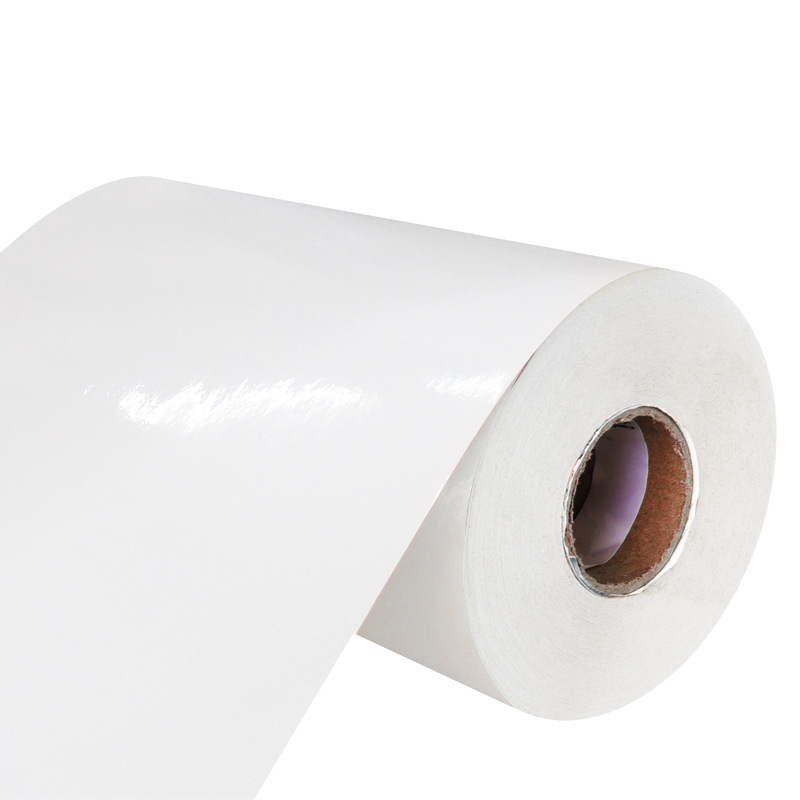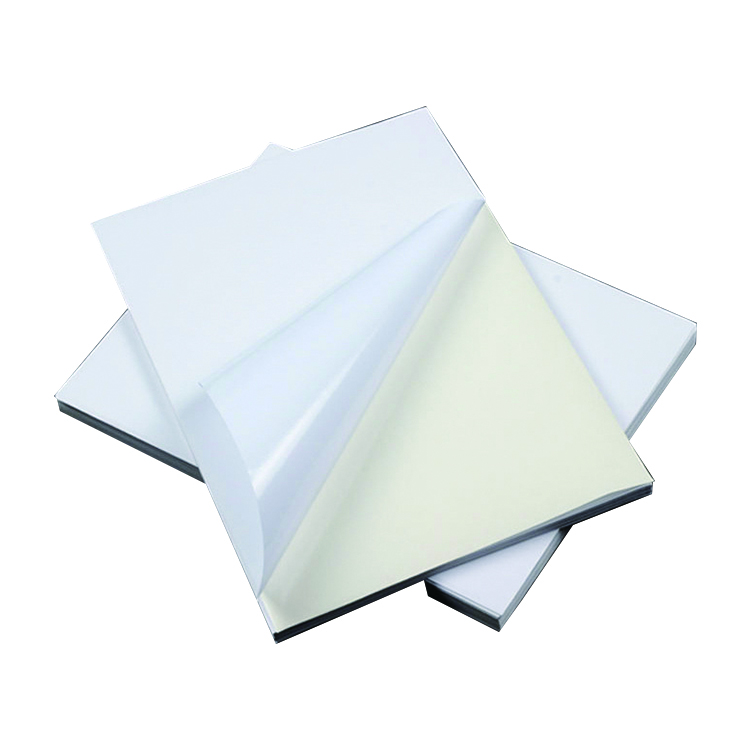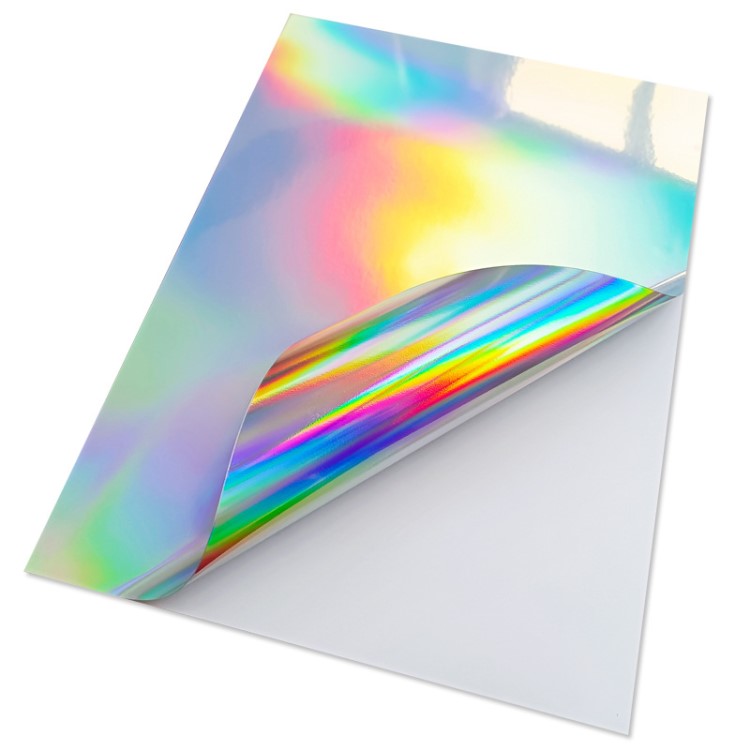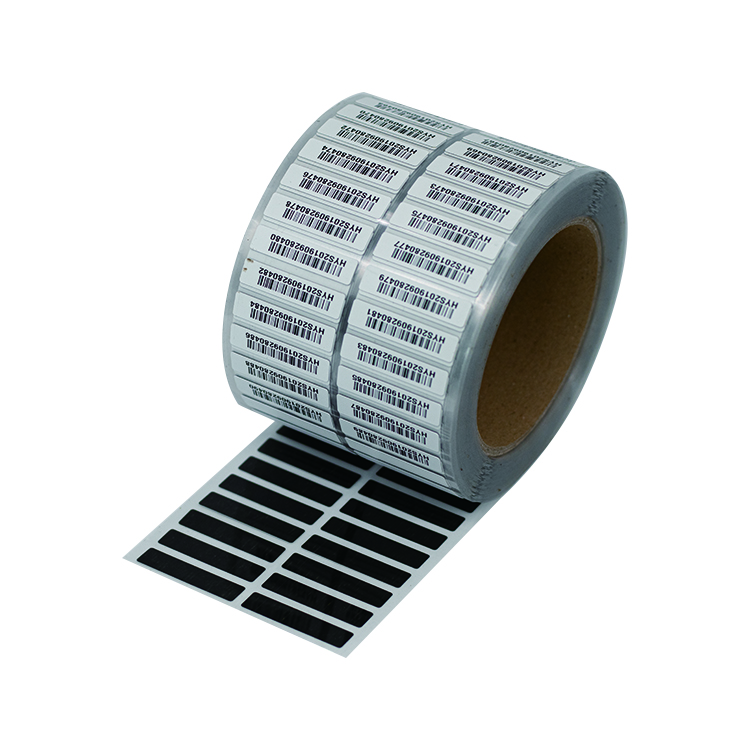Self adhesive label material
adhesive labels, also known as self-adhesive label materials, are a type of composite material that uses paper, film, or special materials as the face material, with an adhesive coated on the back and a silicone-coated protective paper as the base paper.
Due to the variety of coating technologies, adhesive materials come in different grades. The development trend is moving from traditional roller coating and knife coating towards high-pressure cast coating to ensure the utmost uniformity in coating, prevent the formation of bubbles and pinholes, and guarantee coating quality. However, cast coating technology is not yet mature in China, and the traditional roller coating method is mainly adopted domestically.
Classification of self-adhesive label materials
Adhesive labels can be broadly divided into two types: paper-based adhesive labels and film-based adhesive labels.
-
Paper-based adhesive labels are mainly used for liquid detergent products and popular personal care products; film-based materials are mainly used for mid- to high-end daily chemical products. Currently, popular personal care products and household liquid cleaning products occupy a significant market share, so paper materials are used more frequently.
-
Film-based adhesive labels commonly use PE, PP, PVC, and other synthetic materials. Film materials mainly come in three types: white, matte, and transparent. Due to the poor printability of film materials, they are usually subjected to corona treatment or have a coating added to their surface to enhance their printability. To prevent some film materials from deforming or tearing during printing and labeling, some materials are also subjected to directional treatment, undergoing uniaxial or biaxial stretching. For example, biaxially oriented polypropylene (BOPP) materials are quite commonly used.
Cleaning method for self-adhesive label materials
-
First, tear off the adhesive decorations stuck on the glass or product surface. Wet a towel thoroughly with warm water (use hot water in winter) and wipe the adhesive residue twice. Then, apply soap to the warm, wet towel and wipe the residue several times. Finally, use a clean, warm, wet towel to wipe off the soap suds, and the adhesive residue will be removed.
-
Apply toothpaste evenly to the surface of the adhesive, let it sit for a while, and then wipe it off with a soft cloth. Sometimes, if there is a lot of adhesive and it is quite stubborn, apply toothpaste again to the remaining residue and repeat the process to remove the troublesome adhesive. The principle is that toothpaste contains glycerin, which is a good solvent that can dissolve the components of the adhesive. Additionally, many cosmetics also contain glycerin, which can be used to remove adhesive as well.
-
Other methods include: Using a utility knife to scrape, suitable for hard surfaces like glass and ceramic tiles; using alcohol to wipe, suitable for glass, ceramic tiles, and clothing; freezing, as the adhesive will harden after freezing and can be directly peeled off, suitable for cases where alcohol or scraping are not recommended.
-
It is said that essential balm also works well. For adhesive stickers, using a hairdryer to heat them up makes them easier to peel off, but this is not suitable for plastic as excessive heat can cause deformation.
-
Using a hairdryer to heat it up works very well and is convenient at home since most people have a hairdryer. It works on stickers on glass, plastic, wood, and metal. First, use the hairdryer to heat it up back and forth a few times, then tear off a small edge, and while tearing it off, continue to heat it with the hairdryer. The effect is excellent.
-
Use an eraser to rub it vigorously for a few times.
-
In industrial settings, thinner is used for wiping, which makes it very easy to remove.
Environmental reports related to labels
At present, some third-party testing institutions on the market mainly include: CCIC, CTI, SGS, Intertek, CTC, Rainbow Testing, Shenzhen Huatongwei Testing, etc
PET category: REACH, ROHS, halogen, TSCA, TPCH, etc
Synthetic paper: REACH, ROHS, halogen
PVC category: REACH, ROHS (note: PVC is originally a halogen containing product)
PC category: REACH, ROHS, halogen
We offer comprehensive technical support, including free professional labeling solutions, advice on label materials and adhesive selection, as well as online/offline assistance from professional software and hardware engineers. Service email: andy@ownlikes.cn. In pre-sales, we leverage our extensive experience in specialty labeling projects to provide clients with the most suitable hardware solutions. Additionally, all our label barcode printers and scanners come with a three-year free warranty, demonstrating our confidence in our products.






This site is protected by reCAPTCHA and the Google Privacy Policy and Terms of Service apply.